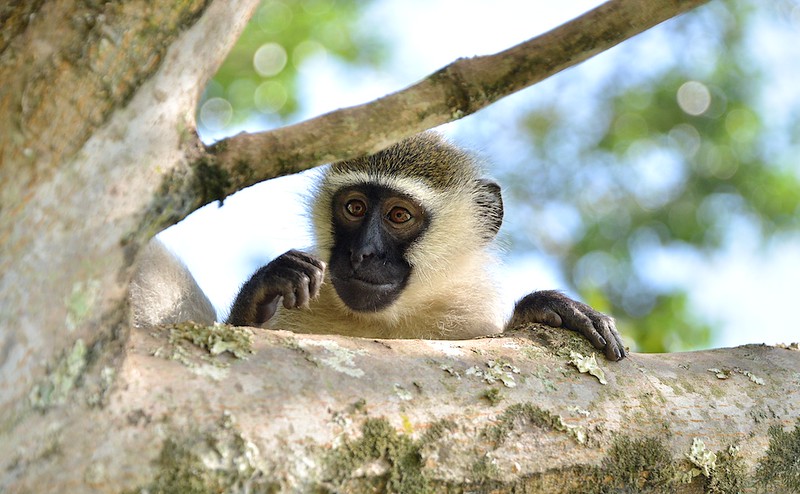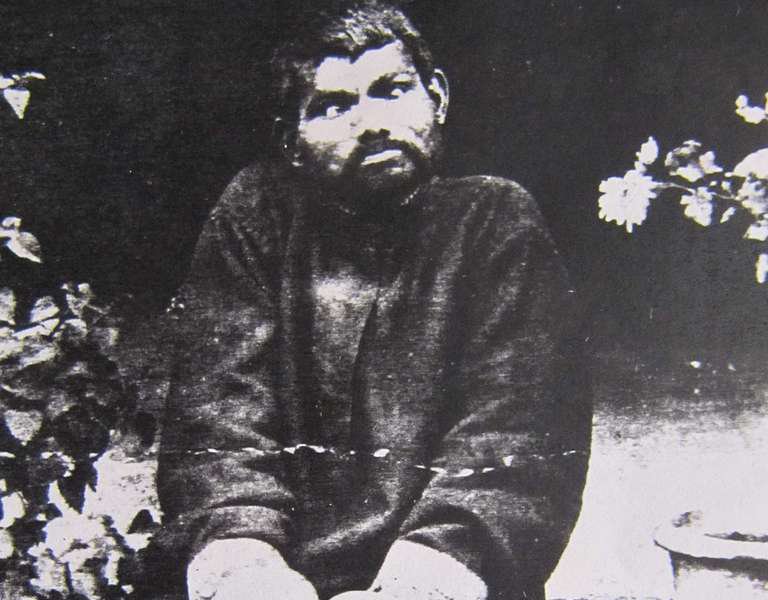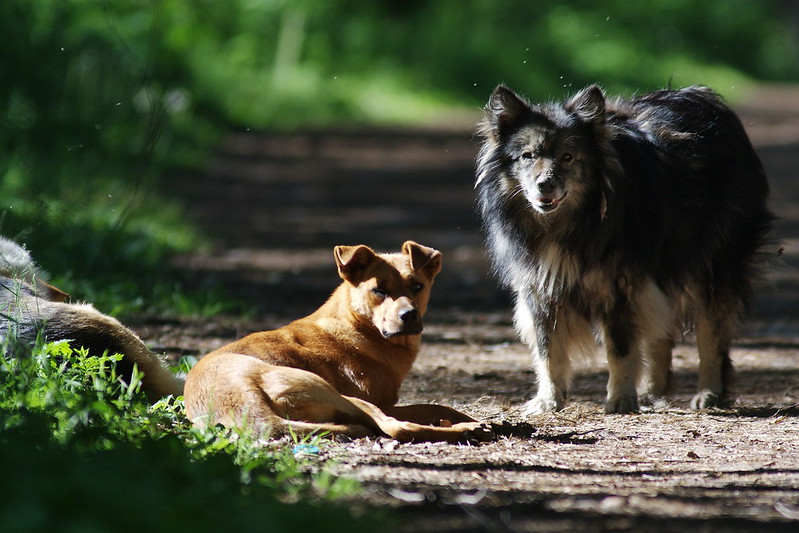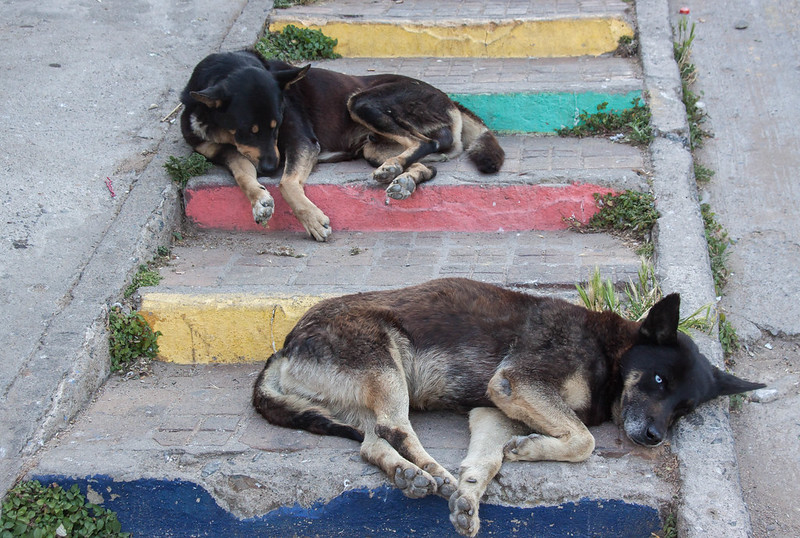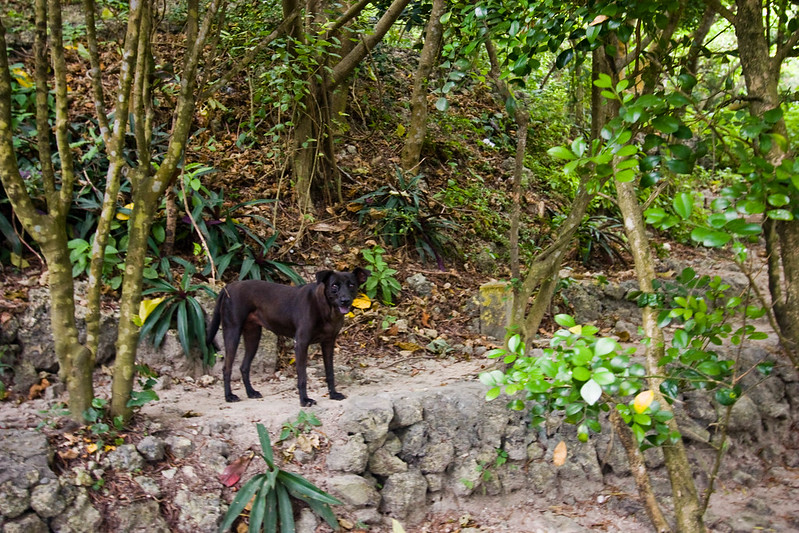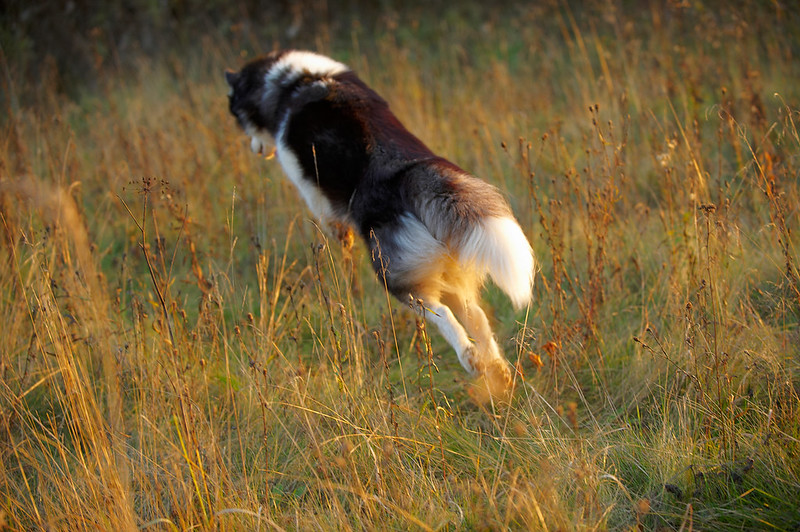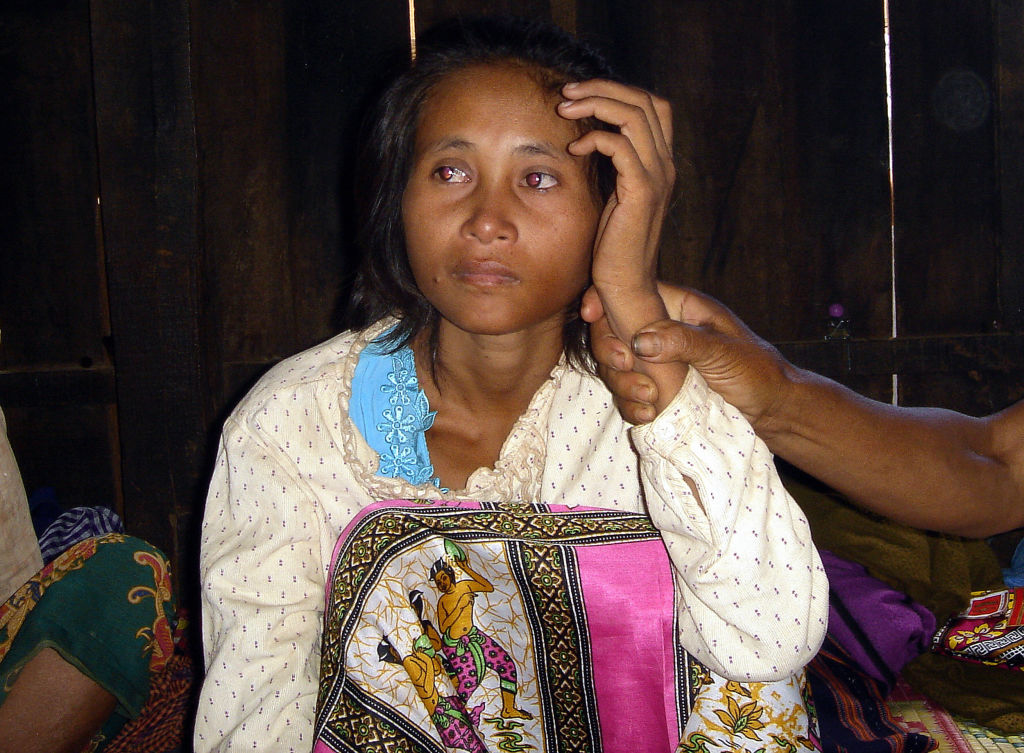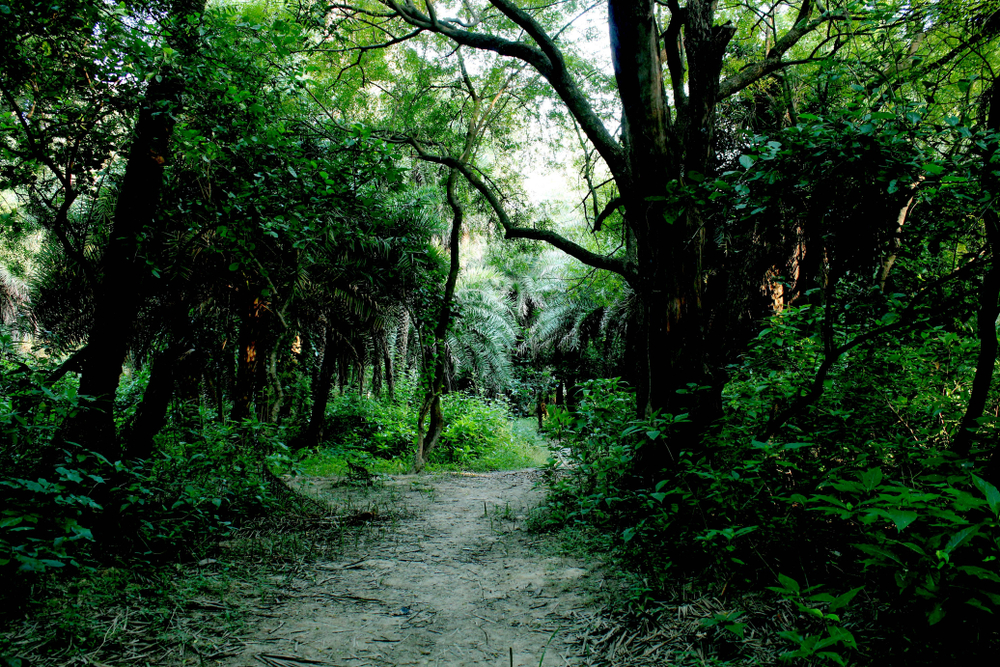Real-Life Cases of Feral Children
Either abandoned by their parents or forced to escape dangerous situations, there are many children in the world who have had to grow up in the wild—and in most cases were literally raised by animals.
From wolves and bears to goats and ostriches, here’s nearly 30 real-life cases of children who spent their formative years in the wild.
*Note: Not all cases have photographic documentation available.
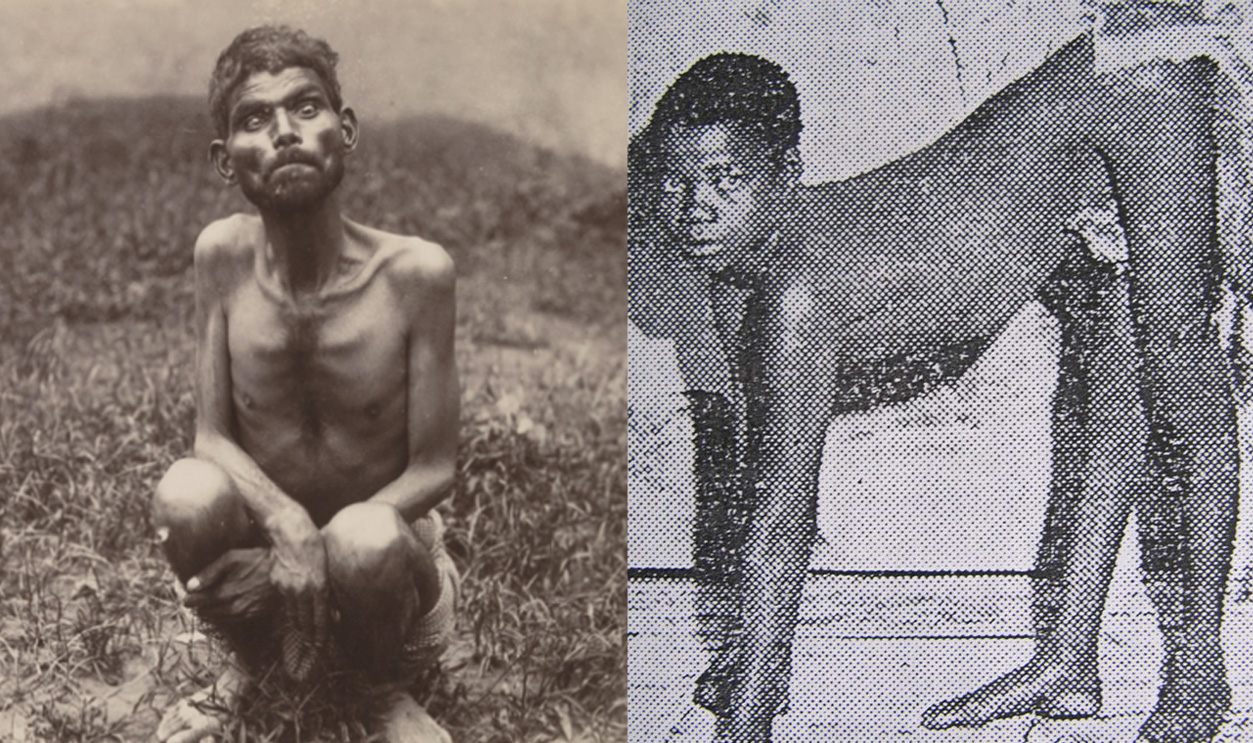
Feral Child: Definition
By definition, a feral child is “a young individual who has lived isolated from human contact from a very young age, with little or no experience of human care, social behavior, or language.”
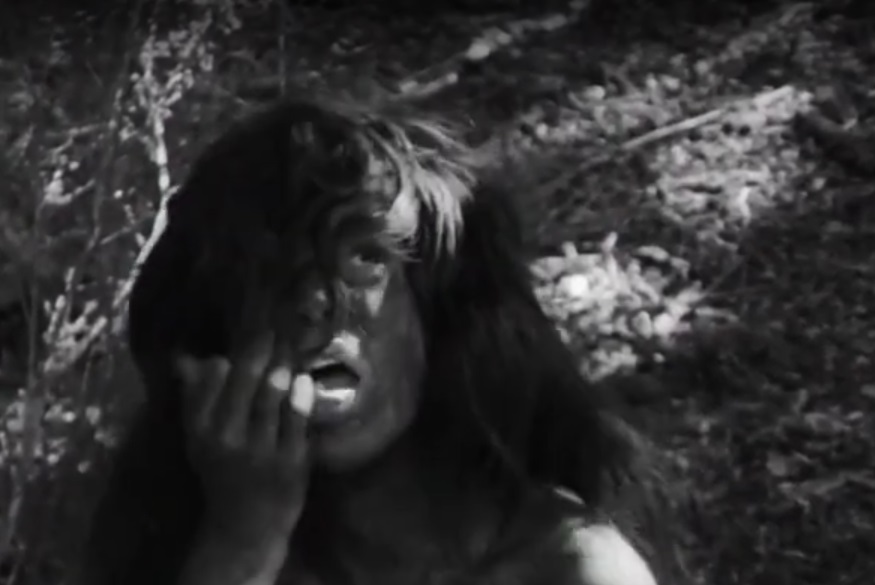 United Artists, The Wild Child (1970)
United Artists, The Wild Child (1970)
Link to Trauma
It is believed that these children may lack the basics of primary and secondary socialization.
The term is also used to refer to children who have suffered severe abuse or trauma before being abandoned or running away.
 United Artists, The Wild Child (1970)
United Artists, The Wild Child (1970)
Folklore and Legends
Feral children are sometimes the subjects of folklore and legends—often being portrayed as having been raised by animals.
And while there are many cases of children being found near or around wild animals, there are no actual eyewitness accounts of animals feeding human children.
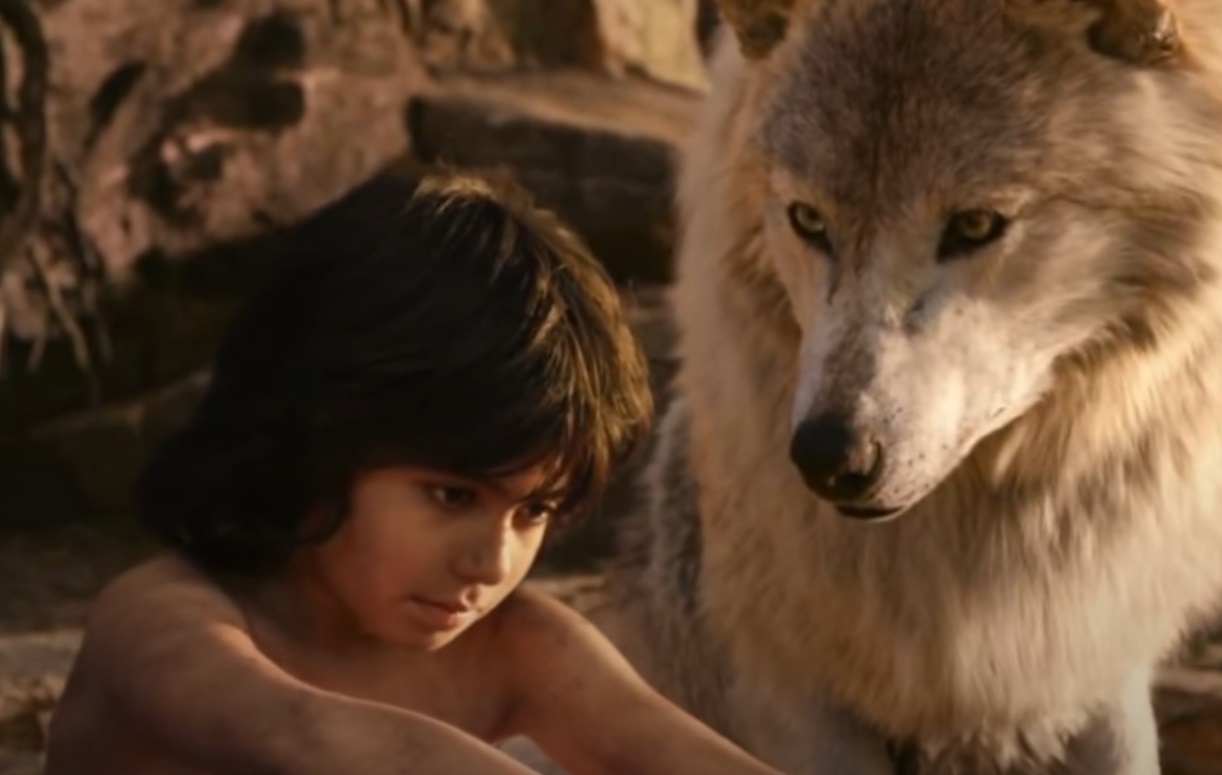 Walt Disney, The Jungle Book (2016)
Walt Disney, The Jungle Book (2016)
Lack of Social Skills
Feral children often lack basic social skills. For example, they may be unable to walk upright on two feet, or unable to use a toilet properly.
Because of this, they may seem mentally impaired and may even have significant trouble learning a human language.
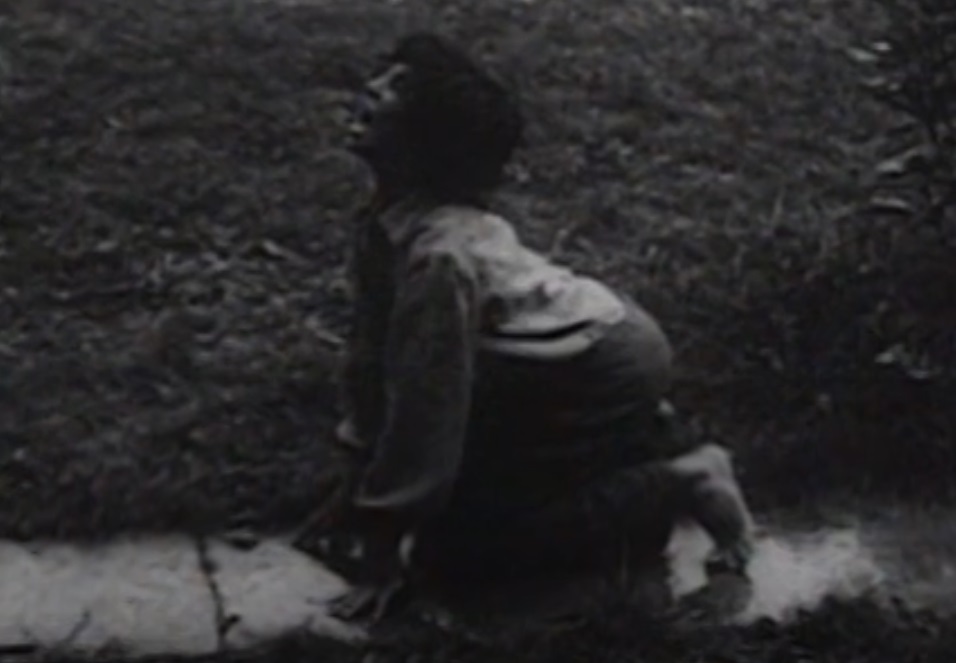 United Artists, The Wild Child (1970)
United Artists, The Wild Child (1970)
The Best Documented Case
One of the best-documented cases has been that of sisters Amala and Kamala who, as described by Reverend J. A. L. Singh in 1926, were “raised by wolves” in a forest in India.
Singh had apparently rescued the girls from a wolf den in 1920. He named them, and wrote about his observations in a diary.
 Shiv's fotografia, CC BY-SA 4.0, Wikimedia Commons
Shiv's fotografia, CC BY-SA 4.0, Wikimedia Commons
Amala and Kamala
Amala and Kamala were taken to Singh’s orphanage to rehabilitate. Amala was estimated to be about 18-months-old at the time, and Kamala was around eight-years-old.
The girls apparently showed wolf-like behavior typical of feral children. They would not allow themselves to be dressed, rejected cooked food, walked on all fours, and scratched and bit people.
But that’s not all.
 Pinakpani, CC BY-SA 4.0, Wikimedia Commons
Pinakpani, CC BY-SA 4.0, Wikimedia Commons
Amala and Kamala: Behavior
Both girls had developed thick calluses on their palms and knees from having walked on all fours, and they were mostly nocturnal with an aversion to bright sunlight.
After struggling to get the girls to eat anything, they were offered raw meat and apparently thoroughly enjoyed it. They ate it from a bowl on the ground.
The girls appeared to show no human emotion at all.
 Shiv's fotografia, CC BY-SA 4.0, Wikimedia Commons
Shiv's fotografia, CC BY-SA 4.0, Wikimedia Commons
28 Intriguing Cases of Feral Children
While Amala and Kamala’s case is said to be the best documented case, it is certainly not the only one. There are dozens of cases where feral children have been found and assumed to have been raised by monkeys, wolves, dogs, bears, and even sheep and goats.
There are also some cases where families fled into jungles for safety and children ended up isolated and alone—becoming feral from a young age.
Here’s 28 of the most intriguing cases of feral children in the world.
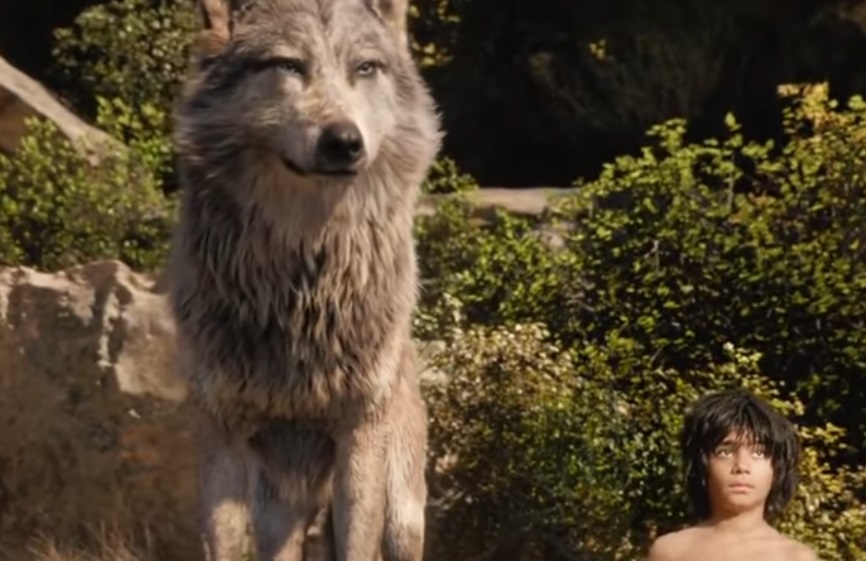 Walt Disney, The Jungle Book (2016)
Walt Disney, The Jungle Book (2016)
Saturday Mthiyane (Mifune)
In 1987, Saturday Mthiyane (or Mifune) was found in the company of monkeys in KwaZulu-Natal, South Africa. He was about the age of five. It was assumed he had been living among the primates for 1-2 years.
He was given the name Saturday after the day he was found, and Mthiyane was the headmistress at the school who took him in.
 Gossipguy, CC BY-SA 3.0, Wikimedia Commons
Gossipguy, CC BY-SA 3.0, Wikimedia Commons
Saturday Mthiyane (Mifune): Behavior
Saturday walked on all fours and refused to eat cooked food. He didn’t speak a human language at all. At the age of 17, Saturday had made no progress. He still refused cooked food, jumped around like a monkey, and could not speak. He refused to play with other children.
Sadly, Saturday lost his life in a fire in 2005.
 Charles J. Sharp, CC BY-SA 4.0, Wikimedia Commons
Charles J. Sharp, CC BY-SA 4.0, Wikimedia Commons
Robert Mayanja
In 1982, Robert Mayanja lost his parents in the Ugandan Civil War. He was only three years old and was left alone in a raided village.
Three years later, at age six, he was found surviving in the wild with vervet monkeys—that apparently put up a fight when rescuers retrieved the boy.
Robert Mayanja: Behavior
When Robert was found, he was brought to a farm community that offered various forms of therapy to young children.
It is said that he dragged his feet when he walked and folded his fists to his chest. His body was small but his face looked aged, with wrinkles and a slight mustache.
Robert did not speak a human language. He could not sit or stand, he only squatted.
 ...your local connection, Flickr
...your local connection, Flickr
John Ssebunya
John Ssebunya, from Uganda, was a toddler when his father took his mothers life, and then his own. The child was then alone and scared, and wandered away from home.
He was found around the age of seven, after having spent a few years living among a group of vervet monkeys, learning to forage and travel.
 Bernard DUPONT, CC BY-SA 2.0, Wikimedia Commons
Bernard DUPONT, CC BY-SA 2.0, Wikimedia Commons
John Ssebunya: Behavior
According to a local villager, when John was found, the only forms of communication he was capable of were crying and demanding food.
He was a "wild boy" that everyone feared, and he struggled to show human emotion. He refused to use a toilet and did not like to stand upright.
The Hessian Wolf Children
The Hessian wolf children include three different children who all apparently lived with the Eurasian wolves in the forests of Hesse.
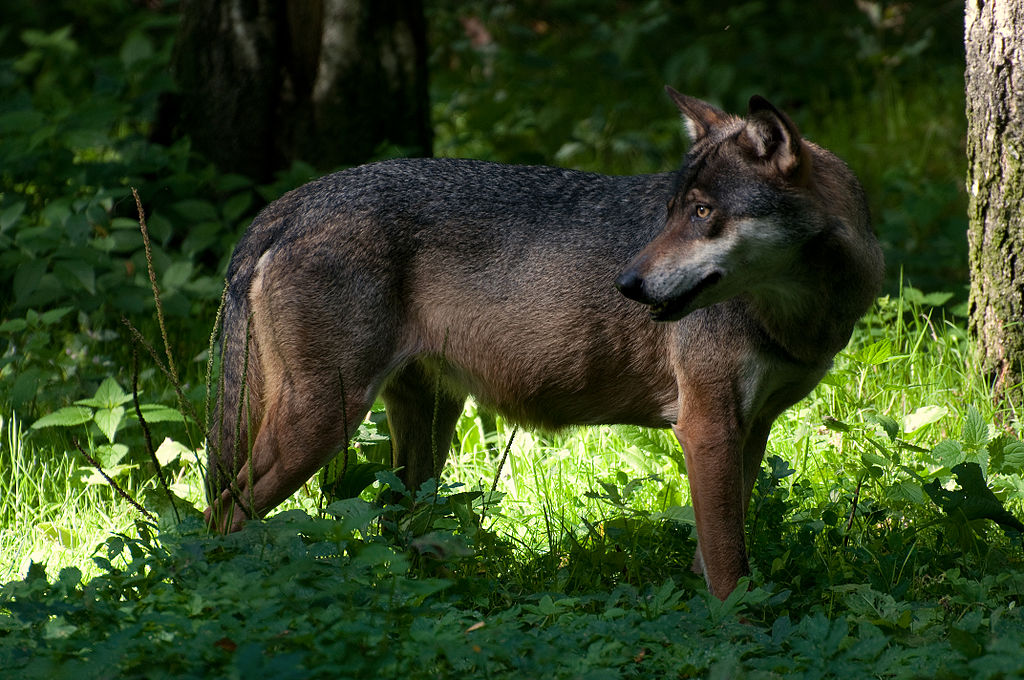 Volker.G, CC BY-SA 3.0, Wikimedia Commons
Volker.G, CC BY-SA 3.0, Wikimedia Commons
Hessian Wolf Child 1
The first boy was apparently taken by wolves at the age of three and found when he was about seven or eight, in 1304. He was unexpectedly found by Benedictine monks.
The boy was sent to the court of Prince Henry and slowly became accustomed to human society. He apparently told people the wolves protected him with cold weather and the best meat from the hunt.
While he did eventually become accustomed to the human world, he reportedly said he preferred the wolves.
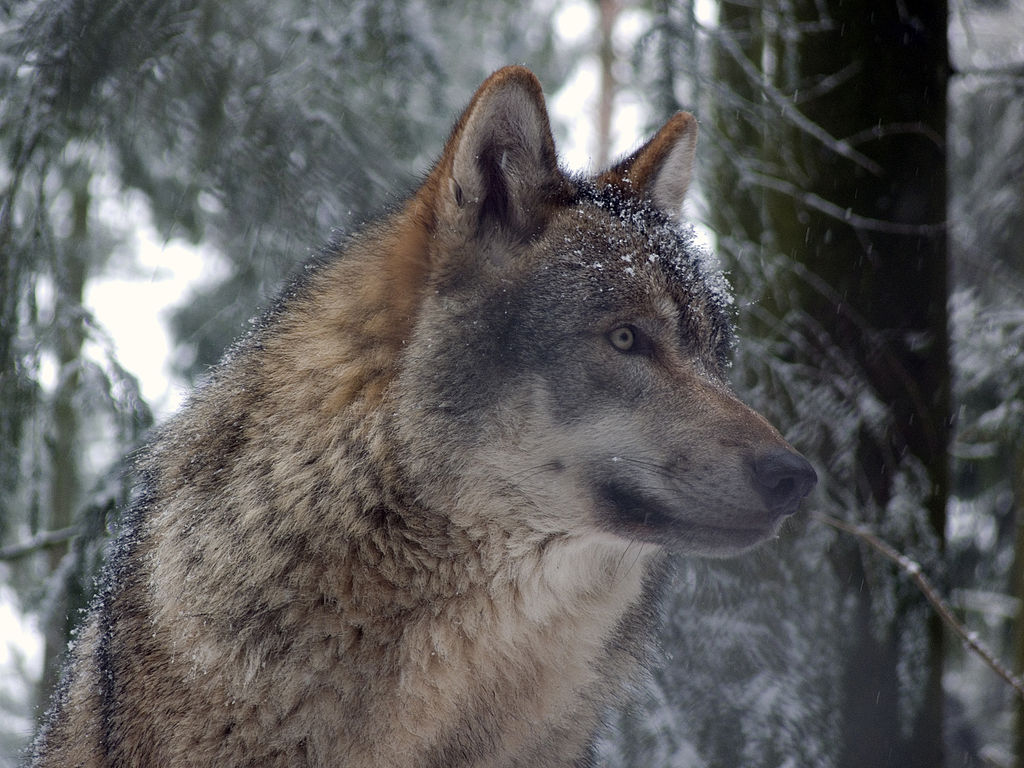 Gunnar Ries Amphibol, CC BY-SA 3.0, Wikimedia Commons
Gunnar Ries Amphibol, CC BY-SA 3.0, Wikimedia Commons
Hessian Wolf Child 2
The second boy was reportedly found in 1341, living with the wolves. His age was unknown. He had apparently resisted capture, biting and scratching those who tried to restrain him.
For the next short while, the boy continued to run on all fours, and often hid under a bench. He refused any food given to him and sadly, died not long later.
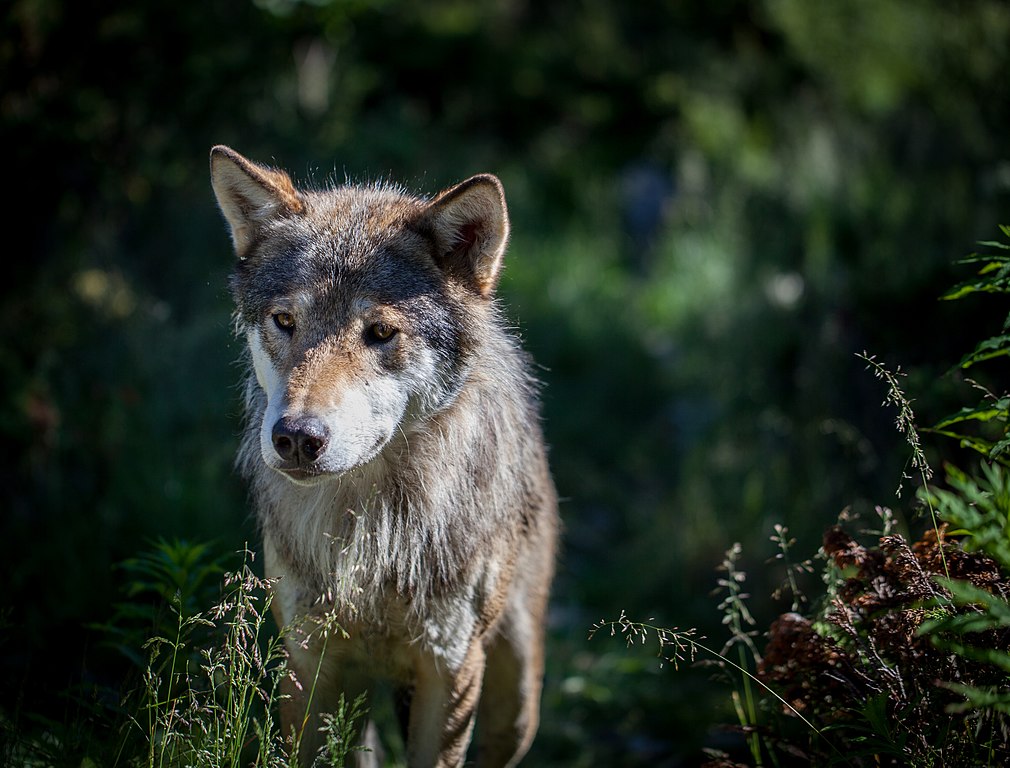 Tom Bech, CC BY 2.0, Wikimedia Commons
Tom Bech, CC BY 2.0, Wikimedia Commons
Hessian Wolf Child 3
The third boy was found in the winter of 1344, near the farm Echtzel in Wettarau. He had apparently lived with wolves in a dense wooded area known as “the Hart” for a whopping 12 years.
He was found by nobles who used the area has hunting grounds. Accustoming him to human society was nearly impossible.
 Dieter Grebe, CC BY 3.0, Wikimedia Commons
Dieter Grebe, CC BY 3.0, Wikimedia Commons
The Hansunpur Wolf Boy
The Hansunpur Wolf Boy is the name given to a child, around the age of 12, who wandered into town one day. He did not walk upright, was darker-skinned and covered in short hair, and did not speak a human language.
After much observation, it was determined that the boy had been living with wolves for quite some time.
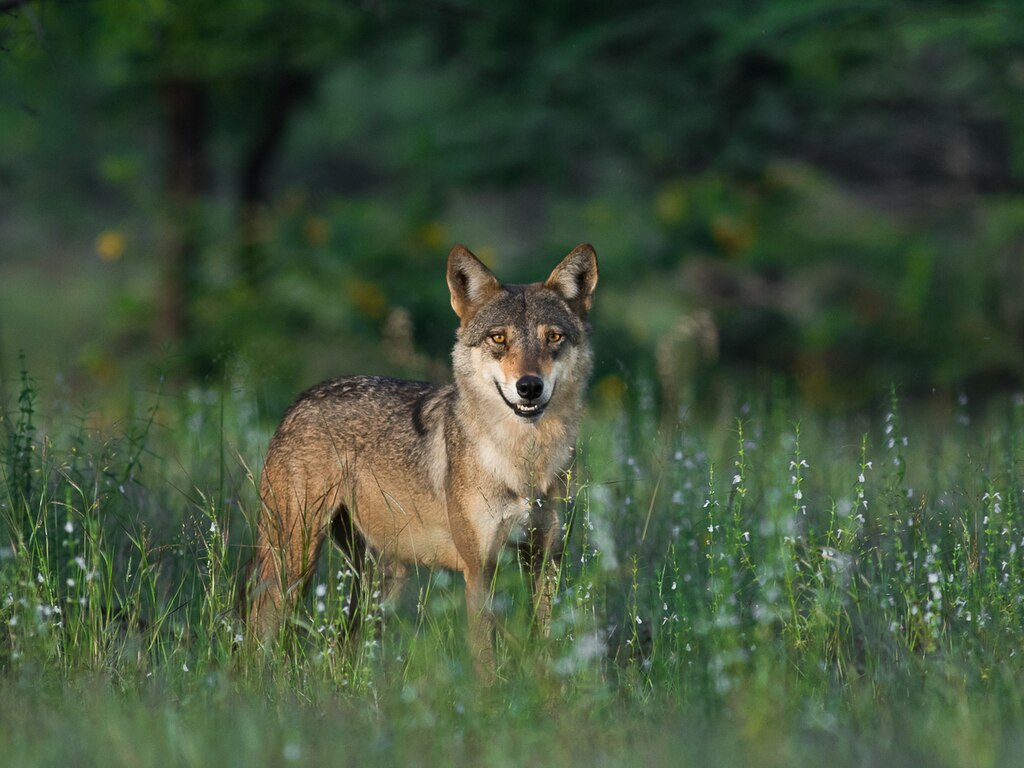 Rudraksha Chodankar, CC BY-SA 4.0, Wikimedia Commons
Rudraksha Chodankar, CC BY-SA 4.0, Wikimedia Commons
The Hansunpur Wolf Boy: Behavior
After arriving in town, the boy apparently sat close by a shop in the town bazaar for many days, when suddenly his parents recognized him and took him home.
Apparently, he eventually learned to walk upright and understand some hand signals, but he never spoke.
 Kiantavakoli, CC BY-SA 4.0, Wikimedia Commons
Kiantavakoli, CC BY-SA 4.0, Wikimedia Commons
Dina Sanichar
Dina Sanichar was a six-year-old boy who was found in a cave among a pack of wolves in India back in 1872.
He was discovered by a group of hunters and later brought to an orphanage where he ended up living for another twenty years.
Dina Sanichar: Behavior
When Dina was found, he walked on all fours and refused any cooked food. He did not speak any human language, and apparently made sounds similar to a wolf.
He lived at the orphanage his whole life, never gaining any form of speech and remaining seriously impaired.
Marcos Rodríguez Pantoja
Marcos Rodríguez Pantoja was another boy who had lived with wolves for an astonishing 12 years.
He was discovered at the age of 19 in the mountains of Southern Spain. Apparently, he was sold to a hermitic goat-herder when he was seven years old, and when the man died, he wandered into the mountains and joined a wolf pack.
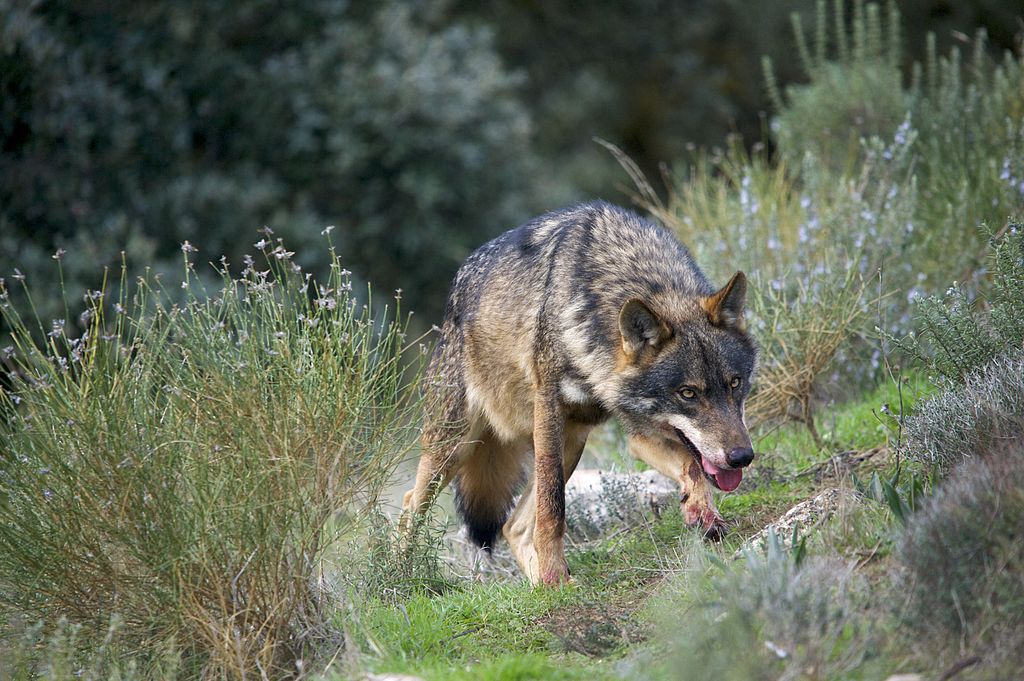 Arturo de Frias Marques, CC BY-SA 4.0, Wikimedia Commons
Arturo de Frias Marques, CC BY-SA 4.0, Wikimedia Commons
Marcos Rodríguez Pantoja: Behavior
When Marcos was discovered, 12 years later, the Civil Guard forcefully captured him, bound and gagged, as he howled and bit like a wolf. He struggled with cooked food and sleeping for a very long time.
He joined a group of nuns who helped him slowly readjust to human society.
 NacionAndaluza, CC BY-SA 4.0, Wikimedia Commons
NacionAndaluza, CC BY-SA 4.0, Wikimedia Commons
Oxana Malaya
An eight-year-old girl from Ukraine named Oxana Malaya apparently lived with Black Russian Terriers for six years. She was found in a kennel with dogs in 1991.
Sadly, the girl was neglected by her parents her whole life. When she was only three, she climbed into the farm and snuggled with the dogs—unknowingly finding her new home.
 Stephan Czuratis, CC BY-SA 2.5, Wikimedia Commons
Stephan Czuratis, CC BY-SA 2.5, Wikimedia Commons
Oxana Malaya: Behavior
Upon rescue, Oxana’s behavior imitated dogs more than humans. She walked on all fours, bared her teeth, and barked—and struggled to use a toilet. She could only speak two words, “yes” and “no.”
Oxana was taken from her parents and sent to be readjusted to human society. She learned to speak, and later told interviewers that she “had to learn to subdue her dog-like behavior.”
Ivan Mishukov
Ivan Mishukov was a six-year-old boy from Russia. He was rescued by authorities in 1998 from a pack of wild dogs—whom he apparently lived with for two years.
The young boy ran away from an abusive home at the age of four and apparently gained the trust of the wild dog pack by offering them food for his protection.
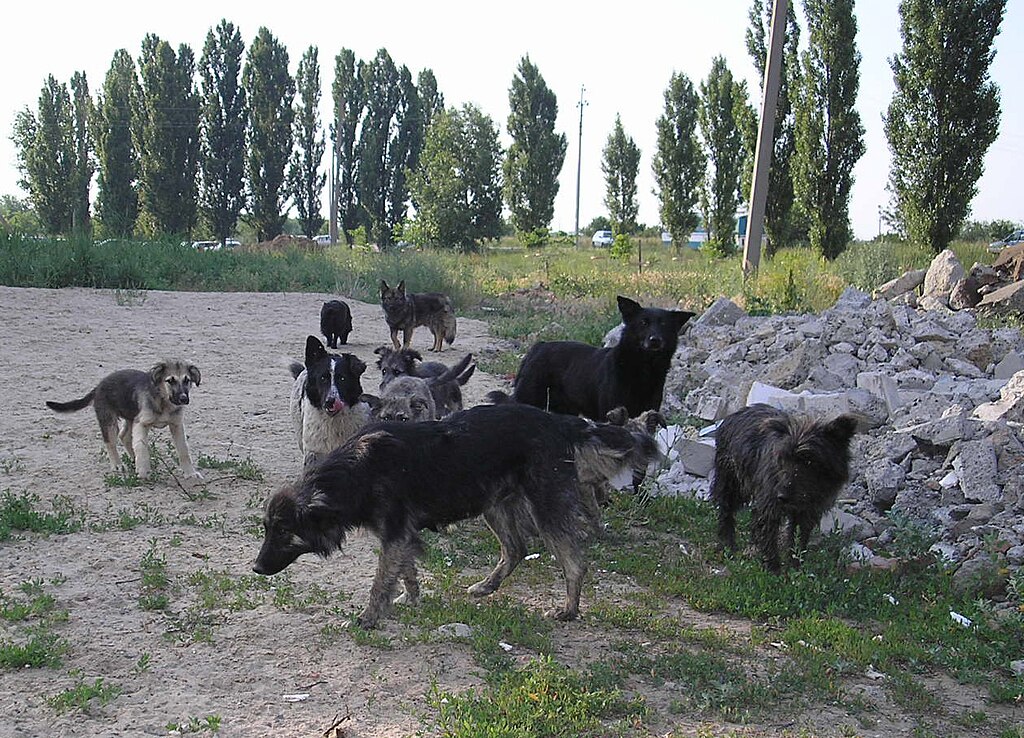 Pretenderrs, CC BY-SA 3.0, Wikimedia Commons
Pretenderrs, CC BY-SA 3.0, Wikimedia Commons
Ivan Mishukov: Behavior
Ivan had apparently “risen to being the alpha male of the pack.” He didn’t walk on all fours, and was familiar with typical human food. Authorities had to “trap” him with restaurant food bait in order to capture him.
Since he had only been with the dogs for two years, he was able to re-learn human language rather quickly.
Dog Boy
A 10-year-old Chilean boy, dubbed as “Dog Boy,” was rescued after allegedly living with street dogs for two years.
The boy was apparently abandoned by his parents at the age of five and fled the child care facility he was sent to. He roamed the streets for some time before joining a pack of 15 stay dogs.
Dog Boy: Behavior
Apparently, dog boy took shelter in a cave with the dogs and spent his days searching for scrap food. Upon his discovery, he tried to escape but was caught and hospitalized.
He showed signs of depression and aggression, and although he could speak, he rarely did so.
Traian Căldărar
Traian Căldărar was found in 2002 in Romania. He is known as “the Romanian Dog Boy.” Apparently, from the ages of four to seven, Traian lived alone after running away from home.
He lived in the wild and used a cardboard box for shelter. An unalive dog was found near his shelter, partially torn apart. It was believed he was eating the dog to stay alive.
Traian Căldărar: Behavior
The boy was seven-years-old when he was found by a hitchhiker. He was described as a three-year-old due to under-nutrition.
He suffered from infected wounds, having poor circulation, and a children’s disease caused by vitamin D deficiency.
Shortly after being rescued he spent a great deal of time sleeping under his bed and asking for food.
Andrei Tolstyk
Andrei Tolstyk was only an infant of three months when he was abandoned by his parents. His mother had apparently left him with his abusive father, who then left his infant child in the woods.
They lived in an incredibly isolated community, so the family’s whereabouts went unnoticed.
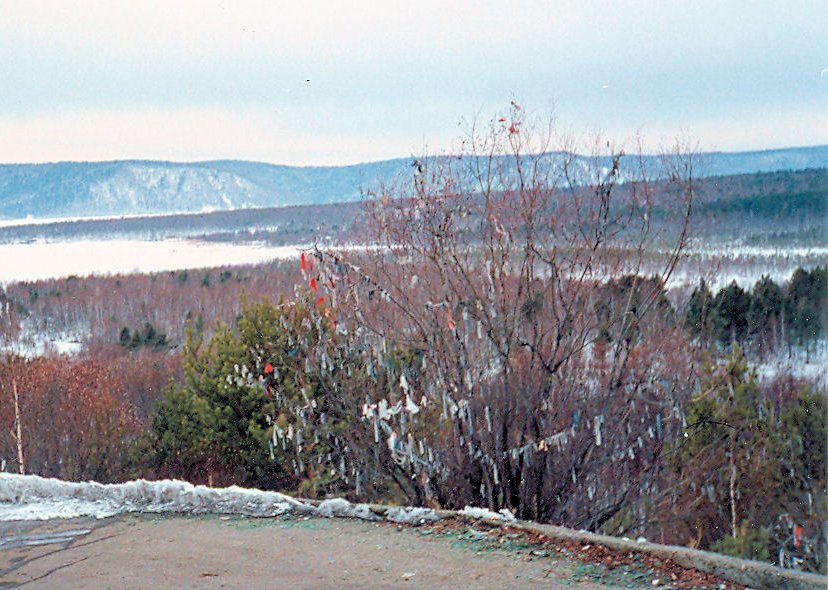 Jim Linwood, CC BY 2.0, Wikimedia Commons
Jim Linwood, CC BY 2.0, Wikimedia Commons
Andrei Tolstyk: Behavior
Andrei spent seven-years living among wild animals, particularly dogs, in a remote part of Siberia.
He was discovered by social workers and was unable to speak any human language. He walked on all fours, barked, growled, and sniffed his food before he ate it.
Madina
Madina was a three-year-old girl found in Russia in 2013. She had apparently lived with dogs from birth until she was found at age three.
Sadly, Madina’s parents terribly neglected her, leaving her mostly unattended since the moment she was brought home. Which is when the family’s dogs apparently took over.
Madina: Behavior
While Madina’s mother had some role in her care, it is said that the girl spent the majority of her time with her pet dogs—sleeping with them, eating dog food on the floor, using the outdoors to do her business, as well as barking, biting, sniffing and licking like a dog.
Madina could not speak, remained unclothed and walked on all fours. She ate dog kibble and scraps off the floor and chewed on bones—all while her mother drank the days away.
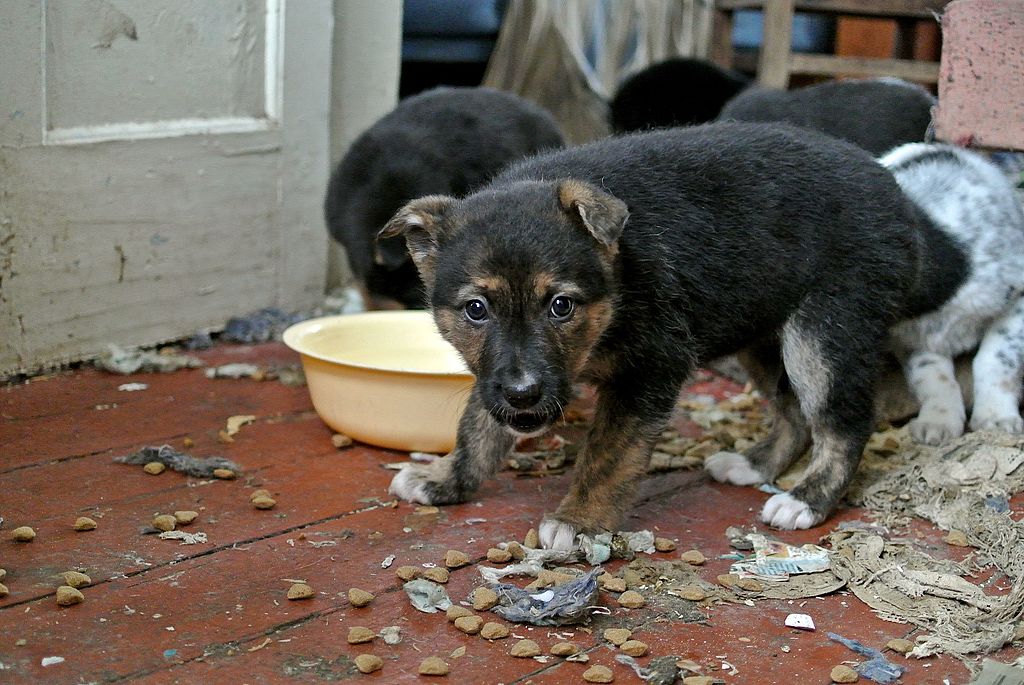 Ivan Bandura, CC BY 2.0, Wikimedia Commons
Ivan Bandura, CC BY 2.0, Wikimedia Commons
Danish Boy
A Danish boy without a name was reportedly found back in 1619 living with bears in a wooded area. He was found at the age of 14 or 15, and it was unknown how long he had been in the wild.
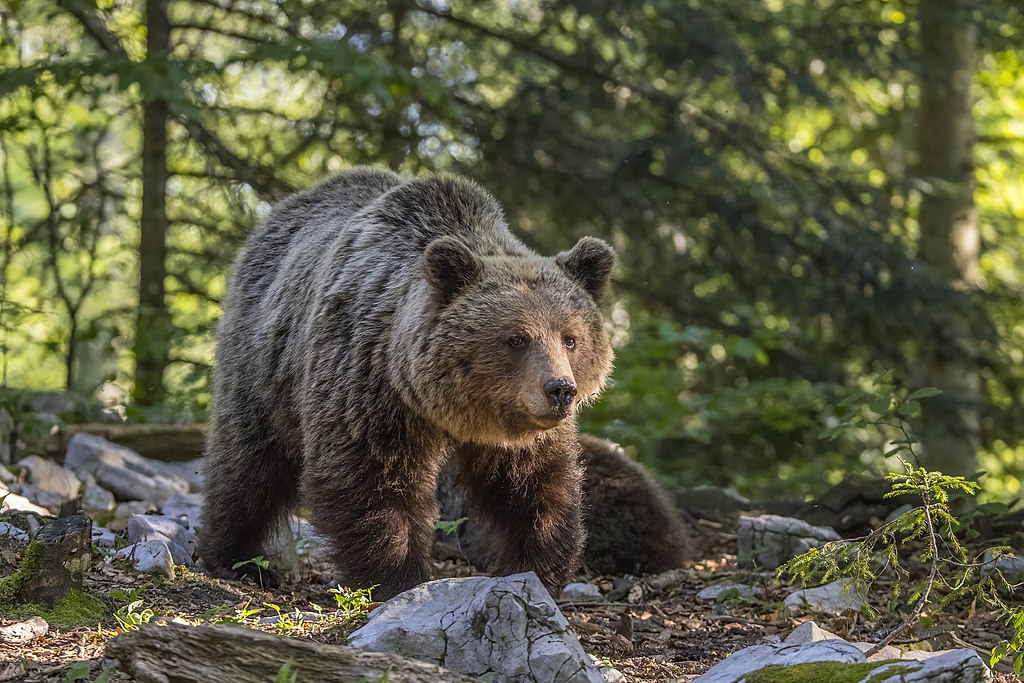 Charles J. Sharp, CC BY-SA 4.0, Wikimedia Commons
Charles J. Sharp, CC BY-SA 4.0, Wikimedia Commons
Danish Boy: Behavior
Upon his discovery, the boy could not speak. He was aggressive and would only eat fish or raw meat.
He later learned to speak, and after years of therapy, the boy claimed to have “forgotten” his time with the bears.
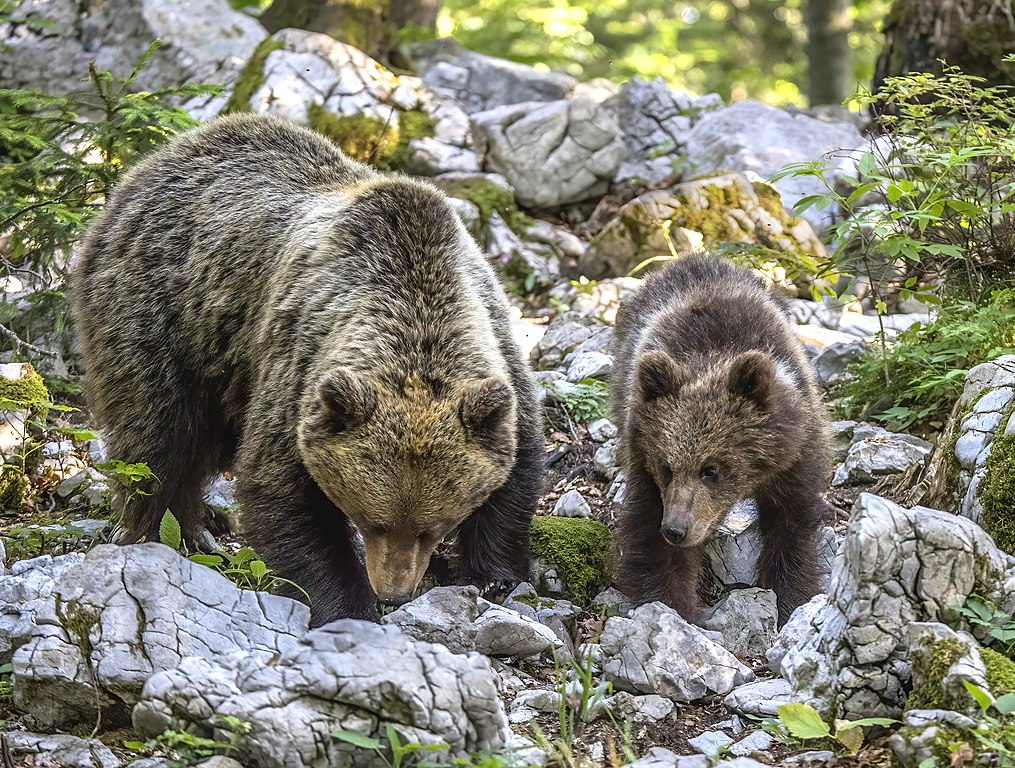 Charles J. Sharp, CC BY-SA 4.0, Wikimedia Commons
Charles J. Sharp, CC BY-SA 4.0, Wikimedia Commons
The Irish Boy
In 1672, an Irish boy was discovered living among a flock of sheep. He had apparently avoided capture on many occasions and for quite some time.
At age 16, he was caught and taken to Amsterdam to a recovery center. It is unknown how long he spent with the sheep.
 ralmonline alm, CC BY 2.0, Wikimedia Commons
ralmonline alm, CC BY 2.0, Wikimedia Commons
The Irish Boy: Behavior
Upon capture, the boy refused to eat typical human food, endured extreme temperatures, and actively avoided other humans.
It is believed the boy was sold to the sheep farm for money and the sheep-herded may have died leaving the boy alone.
 Giuseppe Milo, CC BY 3.0, Wikimedia Commons
Giuseppe Milo, CC BY 3.0, Wikimedia Commons
The Sheep Boy
A little more recently, in 2009, another young boy raised by sheep was found, this time in Kyrgyzstan. He was 14-years-old when he was found and had allegedly been raised by sheep since he was only six years old.
Apparently, his parents left him in the care of his grandmother when they went away for work. The grandmother had passed, and the boy was left alone.
He joined the sheep flock for comfort during a storm, and then never left their side.
The Sheep Boy: Behavior
The boy was dubbed, “The Sheep Boy.” He had no communication skills and could not use the toilet. He struggled to readjust to human society and wanted to go back to the sheep flock.
 Thomas Depenbusch, CC BY 2.0, Wikimedia Commons
Thomas Depenbusch, CC BY 2.0, Wikimedia Commons
The Bamberg Boy
Once again during the 16th century, a child dubbed “The Bamberg Boy,” was found living among wild cattle. He was found in the region’s mountains and was brought to the Prince of Bamberg’s court.
It was unknown how long he had been out there, or how he ended up with the wild animals.
The Bamberg Boy: Behavior
Upon arriving at the court, the boy did not speak. Instead, he grunted and sniffed everything. For a little while, he continued his wild behavior, chasing and fighting dogs while on all fours, but eventually accustomed to human society and even got married.
 Reinhard Kirchner, CC BY-SA 3.0, Wikimedia Commons
Reinhard Kirchner, CC BY-SA 3.0, Wikimedia Commons
The Andes Goat Boy
In 1990, a 12-year-old-boy, dubbed “The Andes Goat Boy,” was found living wild in mountains of Peru. It is believed he was raised by goats.
He had apparently survived eight years in the wild by drinking goats’ milk and eating roots and berries.
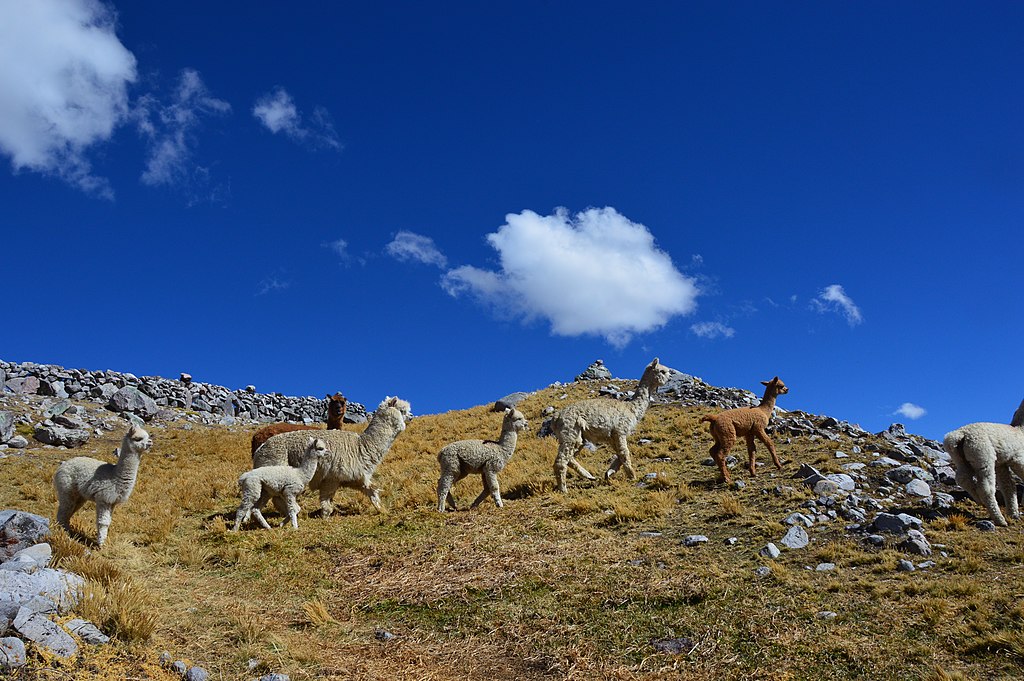 CCAIJO, CC BY-SA 4.0, Wikimedia Commons
CCAIJO, CC BY-SA 4.0, Wikimedia Commons
The Andes Goat Boy: Behavior
The Andes Goat Boy was later named Daniel. He walked on all fours and his hands and feet had become hardened, “almost like hooves.”
He had nearly non-existent human language skills, but was able to effectively communicate with goats—especially the ones he called family.
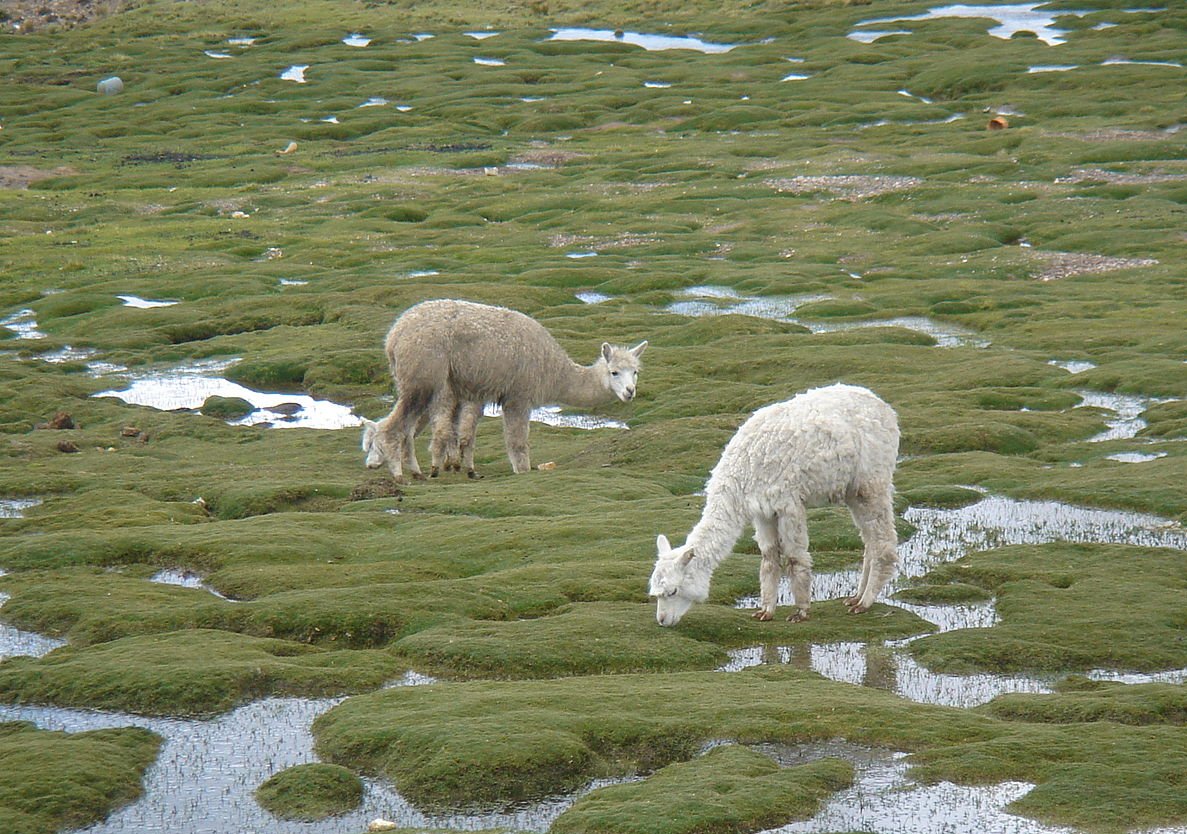 Jagandrk, CC BY-SA 3.0, Wikimedia Commons
Jagandrk, CC BY-SA 3.0, Wikimedia Commons
Jean de Liège
Back in 1644, Jean de Liège who was five-years-old at the time, hid in the woods with his fellow villagers during a religious war.
After the battle cleared the area, Jean stayed in the woods while everyone else left. He survived among the wildlife, isolated and alone for 16 years before he was captured.
 Frank Vassen, CC BY 2.0, Wikimedia Commons
Frank Vassen, CC BY 2.0, Wikimedia Commons
Jean de Liège: Behavior
Upon capture, Jean was completely unclothed and his body was overgrown with hair. He was unable to speak and was said to have “incredibly sharp senses.”
After some time, he reintegrated with human society, learning to speak, and losing his acute senses.
 Donar Reiskoffer, CC BY-SA 3.0, Wikimedia Commons
Donar Reiskoffer, CC BY-SA 3.0, Wikimedia Commons
Anna Maria Jennaert
Anna Maria Jennaert was a 19-year-old girl who was found in the woods of Kranenburg estate near Zwolle in 1717.
She had apparently been kidnapped when she was 16-months-old and then left in the woods alone. She was found after some concerned farmers caught a glimpse of her.
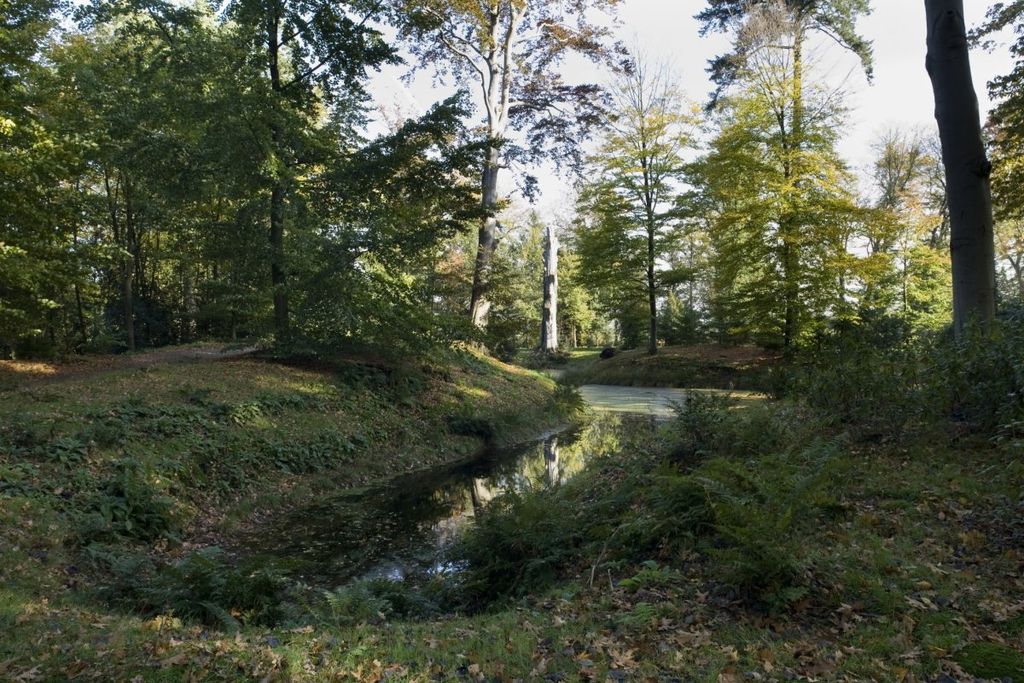 Chris Booms, CC BY-SA 4.0, Wikimedia Commons
Chris Booms, CC BY-SA 4.0, Wikimedia Commons
Anna Maria Jennaert: Behavior
The teenage girl quickly became known as “the girl of Overjissel,” or “the wild wench of Kranenburg.” She was described as a “wolf child” in local newspapers.
Anna was unable to speak any human language. She communicated through grunts and growls. She refused to eat cooked food and could not use the toilet.
She was later reunited with her mother and was slowly integrated into human society.
 Onderwijsgek, CC BY-SA 2.5, Wikimedia Commons
Onderwijsgek, CC BY-SA 2.5, Wikimedia Commons
The Pyrenean Boys
The Pyrenean Boys were a pair of young boys who had been witnessed “running along the mountains on all-fours, leaping from one rock to another like the chamois,” back in 1719.
While there were numerous reports of sightings, even some people getting fairly close, the boys were never captured.
 Moahim, CC BY-SA 4.0, Wikimedia Commons
Moahim, CC BY-SA 4.0, Wikimedia Commons
Marie-Angélique Memmie Le Blanc
Marie-Angélique Memmie Le Blanc was a famous feral child of the 18th century in France. She was known as “The Wild Girl of Champagne,” among many other names.
Marie-Angélique survived for ten-years living in the wild forests of France. At age eight she had gotten lost in the woods and was not found until she was 18.
 Xavierrom, CC BY-SA 3.0, Wikimedia Commons
Xavierrom, CC BY-SA 3.0, Wikimedia Commons
Marie-Angélique Memmie Le Blanc: Behavior
Marie-Angélique was found wearing rags and wielding a wooden club, which she used to fight off hunting dogs that initially discovered her.
She was slowly reintegrated into human society and had apparently “wished to return to the woods.”
 Xavierrom, CC BY-SA 3.0, Wikimedia Commons
Xavierrom, CC BY-SA 3.0, Wikimedia Commons
Victor of Aveyron
Victor of Aveyron was a French feral child—estimated to be around age nine—who was seen living wild in the woods. A couple years after the first sighting, he was captured and sent to live with a widow in the village—but he escaped.
He was caught several more times and escaped back to the woods each time, eventually coming out of the woods on his own in 1800.
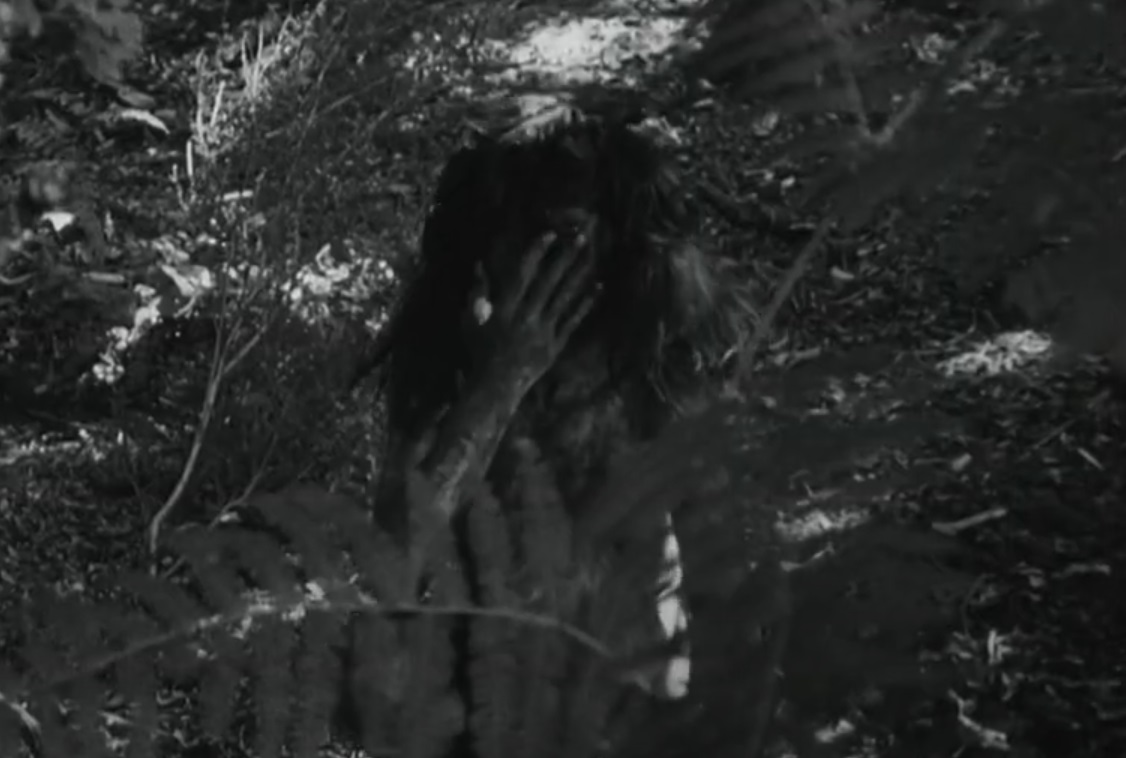 United Artists, The Wild Child (1970)
United Artists, The Wild Child (1970)
Victor of Aveyron: Behavior
It is believed that Victor may have been the illegitimate son of a notaire abandoned at a young age because he was mute—living about seven years alone in the woods.
Upon discovery, Victor did not speak, walked on all fours, had chaotic movements, and only ate raw vegetables. His body was overgrown with hair.
Rehabilitating the boy was apparently very challenging.
 United Artists, The Wild Child (1970)
United Artists, The Wild Child (1970)
Rochom P'ngieng
Rochom P'ngieng, dubbed “The Cambodian Jungle Girl,” allegedly lived 19 years alone in the Cambodian jungle. It is said that she emerged from the jungle in 2007.
Initially, a local family claimed her as their long-lost child. And at one point it was speculated that she was held in captivity somewhere. But later, in 2016, a Vietnamese man claimed she was his daughter who disappeared—and ultimately his claims won.
Rochom P'ngieng: Behavior
When Rochom was discovered, she was reportedly filthy, unclothed and covered in scars said to be from the dense jungle setting.
She was able to minimally eat with utensils and was accepting of typical human food.
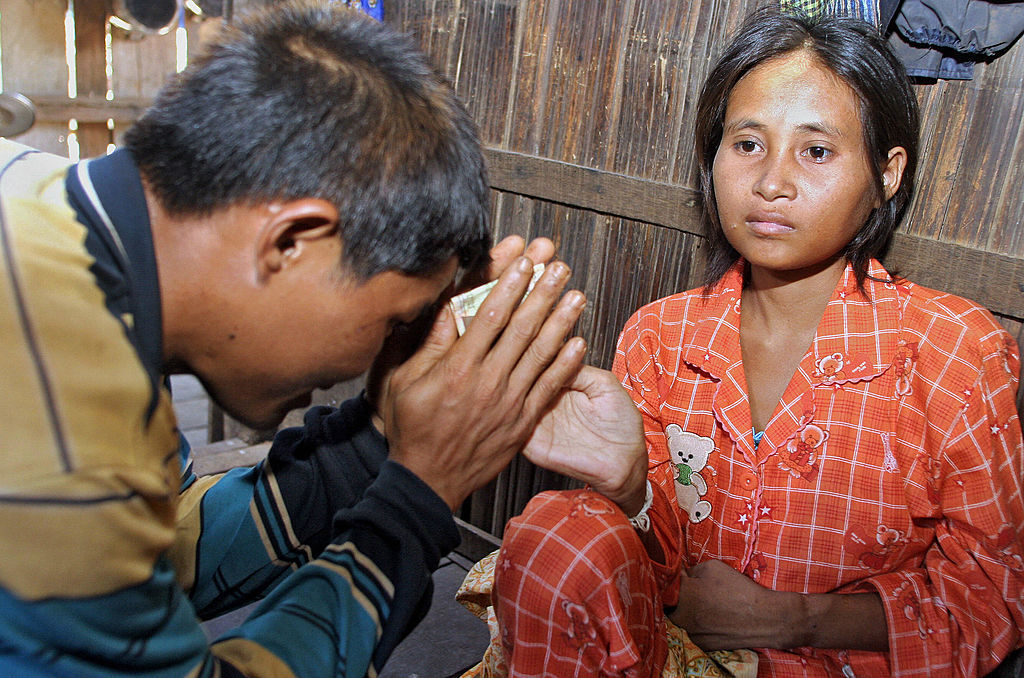 TANG CHHIN SOTHY, Getty Images
TANG CHHIN SOTHY, Getty Images
Ng Chhaidy
Ng Chhaidy allegedly went missing in the jungles of India at age four. Nearly four decades later, in 2012, she was discovered on the edge of the jungle and lured into the village.
Ng Chhaidy: Behavior
When Ng was first seen, she was unclothed, had extremely long hair and long fingernails. She was quickly dubbed, a “wild woman.”
After her identity was confirmed, it was said she survived for 38 years alone in the jungle. She struggled immensely to rehabilitate to human society.
 Anil kumar, CC BY-SA 4.0, Wikimedia Commons
Anil kumar, CC BY-SA 4.0, Wikimedia Commons
Hadara
Hadara, dubbed, “The Ostrich Boy,” was lost by his parents in the Sahara Desert at the age of two. He was apparently adopted by ostriches.
When he was 12-years-old he was rescued and taken back to society and his parents.
 Dariusz Jemielniak, CC BY-SA 4.0, Wikimedia Commons
Dariusz Jemielniak, CC BY-SA 4.0, Wikimedia Commons
Hadara: Behavior
Hadara was apparently not able to speak, struggled to eat anything that was provided and had great difficulty reintegrating to human society.
He had later performed an “ostrich dance” when he was happy, as ostriches apparently dance when they feel joy.


